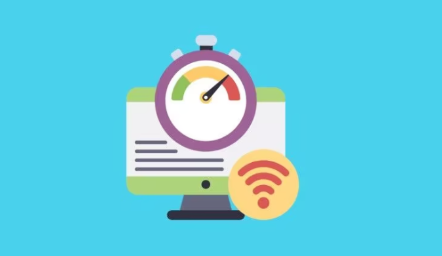Bandwidth Definition: Essential Key To Smoother Streaming

In our increasingly digital world, information flows constantly. We stream movies, download files, and connect with loved ones across vast distances, all thanks to the invisible infrastructure of the internet. But have you ever stopped to wonder how much information can travel at once? Here bandwidth comes and we will explain about this in detail to make you understand.
How is Bandwidth Measured?
Measurement unit of bandwidth is bits per second (bps). Here’s a breakdown of common units used to express bandwidth:
Kilobits per second (kbps): 1,000 bps (suitable for basic web browsing)
Megabits per second (Mbps):1,000,000 bps (ideal for streaming music and standard definition video)
Gigabits per second (Gbps): 1,000,000,000 bps (excellent for streaming high-definition video and online gaming)
Bandwidth vs. Speed: Understanding the Difference
Bandwidth is the capacity of a connection, while speed is the rate at which data travels across that connection.
Think of it like this: bandwidth is the size of a pipe, and speed is the rate at which water flows through it. A wider pipe (higher bandwidth) can potentially handle a faster flow of water (higher speed), but other factors like water pressure can also affect the actual flow rate. Here is an example:
Imagine downloading a large file. The bandwidth of your internet connection determines the maximum speed at which the file can be downloaded. However, other factors like server congestion or limitations on your internet service provider’s (ISP) end can also affect the actual download speed you experience.
How Tencent RTC improve bandwidth
Tencent RTC uses a couple of techniques to improve bandwidth usage for your calls:
- Dynamic Bitrate Adjustment: It constantly monitors network conditions and adjusts the amount of data it sends (bitrate) in real-time. This means it uses only what bandwidth is available, avoiding overloading the network and enabling smoother calls.
- Network Adaptability: Tencent RTC is built to function well on various networks, including those with limited bandwidth like 2G or 3G. When necessary, it can reduce things like video resolution or frame rate to maintain call quality without needing a lot of bandwidth.
- Super Resolution (when possible): In situations where bandwidth allows, Tencent RTC can use its AI-powered Super Resolution technology to enhance the quality of your video. This essentially means it makes your video look sharper without requiring more data.
- Quality of Service (QoS) Control: This feature constantly analyzes the network and adjusts video settings like encoding and smoothness priority to deliver the best possible audio and video experience under the current conditions.
Overall, Tencent RTC works to optimize your bandwidth usage by intelligently adapting to your network and prioritizing call quality.
Optimizing Bandwidth Usage
Here are some tips to optimize your bandwidth usage and improve your internet experience:
Identify Bandwidth Hogs: Streaming services, video conferencing, and large file downloads consume significant bandwidth. Be mindful of your usage and prioritize activities that require high bandwidth.
Invest in Quality Equipment: Upgrading your router and network cables can ensure you can take full advantage of your internet plan’s bandwidth.

Consider Usage Caps: Some ISPs enforce data caps, limiting the total amount of data you can transfer in a month. Monitor your usage and adjust your online activities accordingly to avoid exceeding the cap.
Conclusion
By understanding bandwidth definition and how it affects your internet connection, you can optimize your usage and ensure a smoother online experience. Remember, bandwidth is the essential plumbing system of your digital world, keeping the information flowing efficiently.





